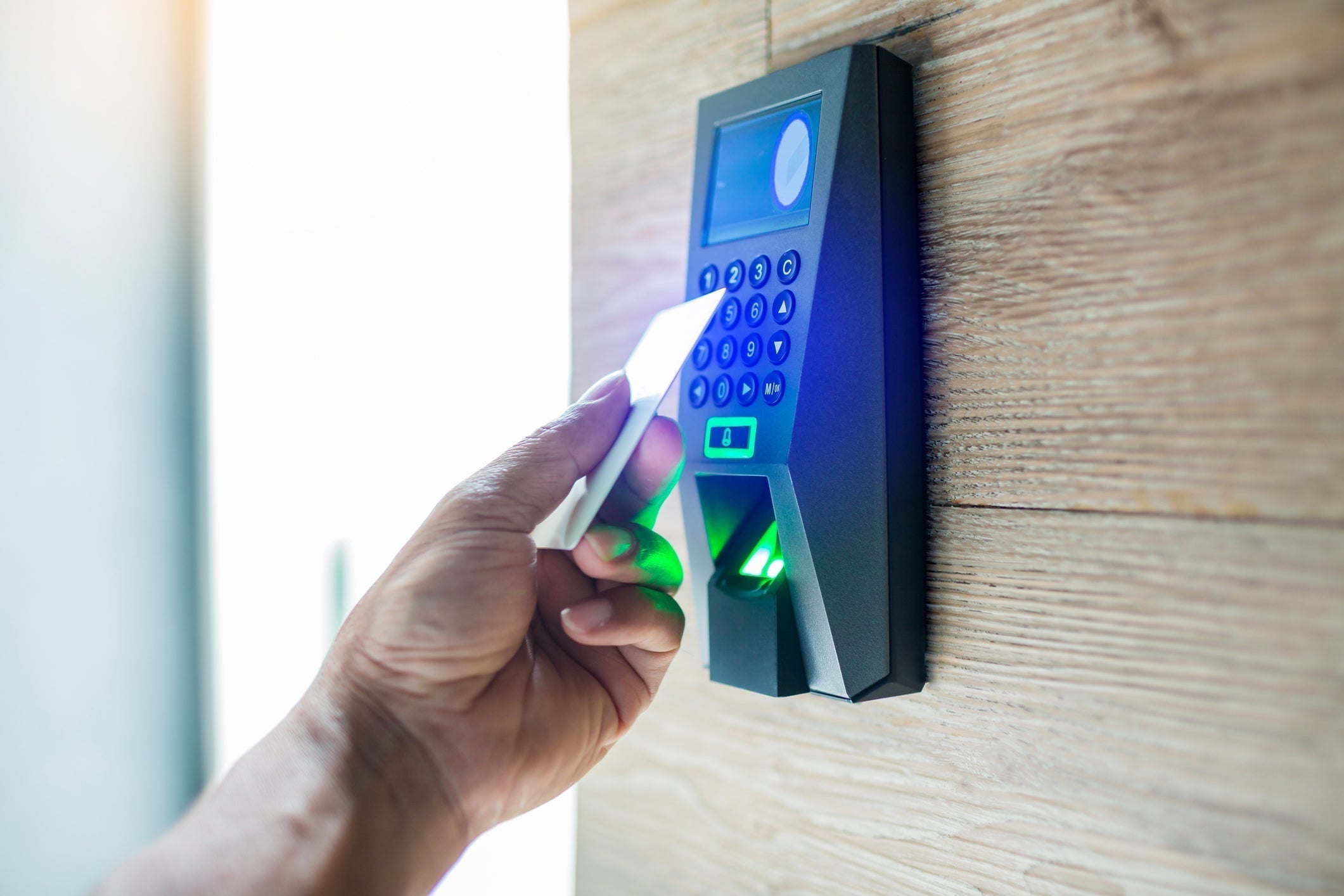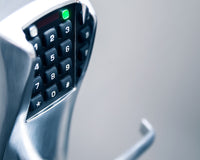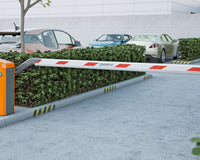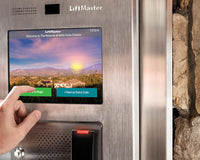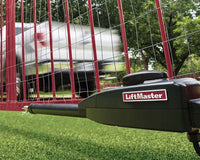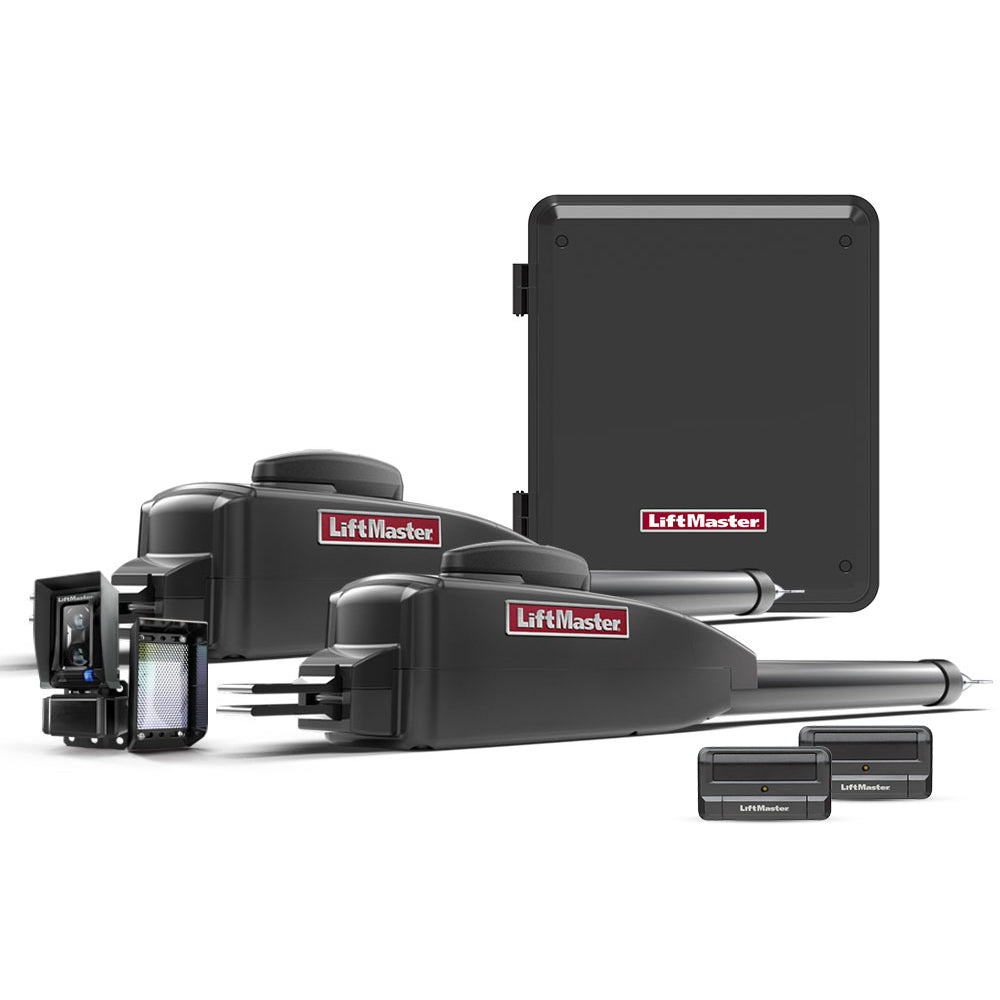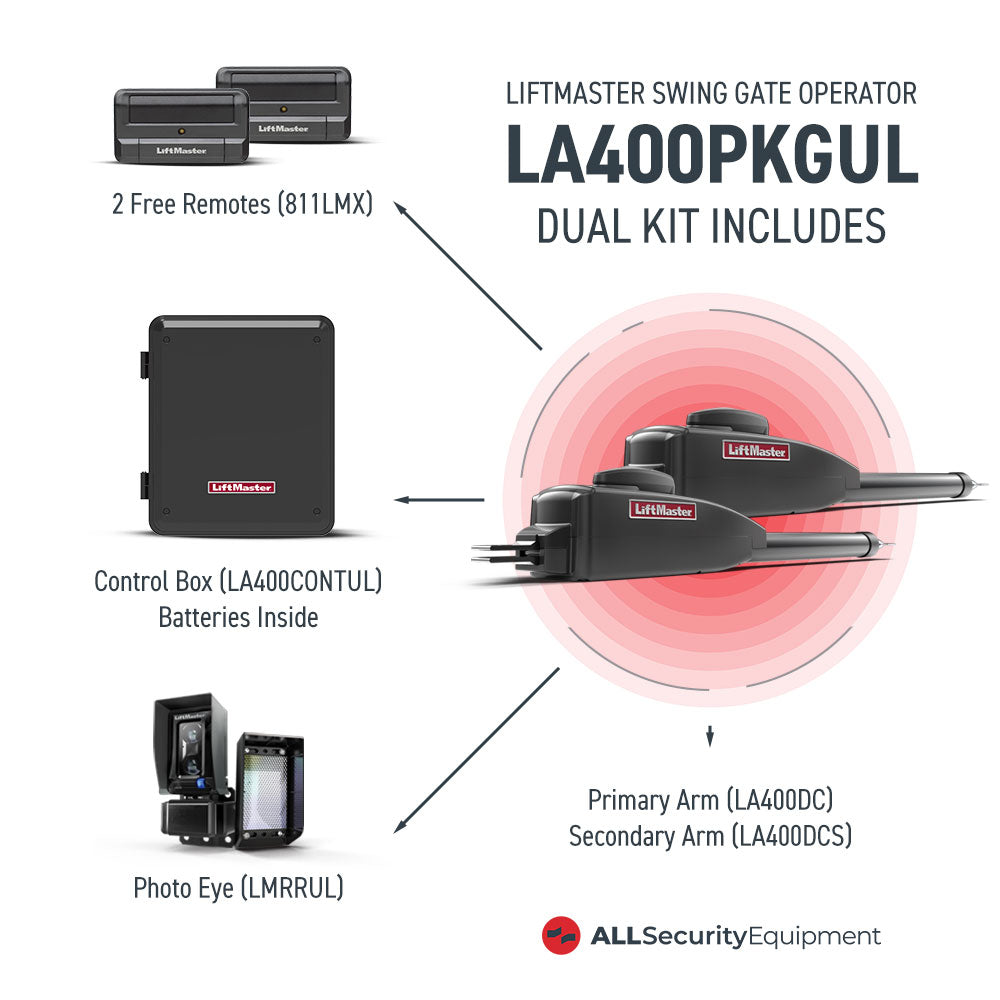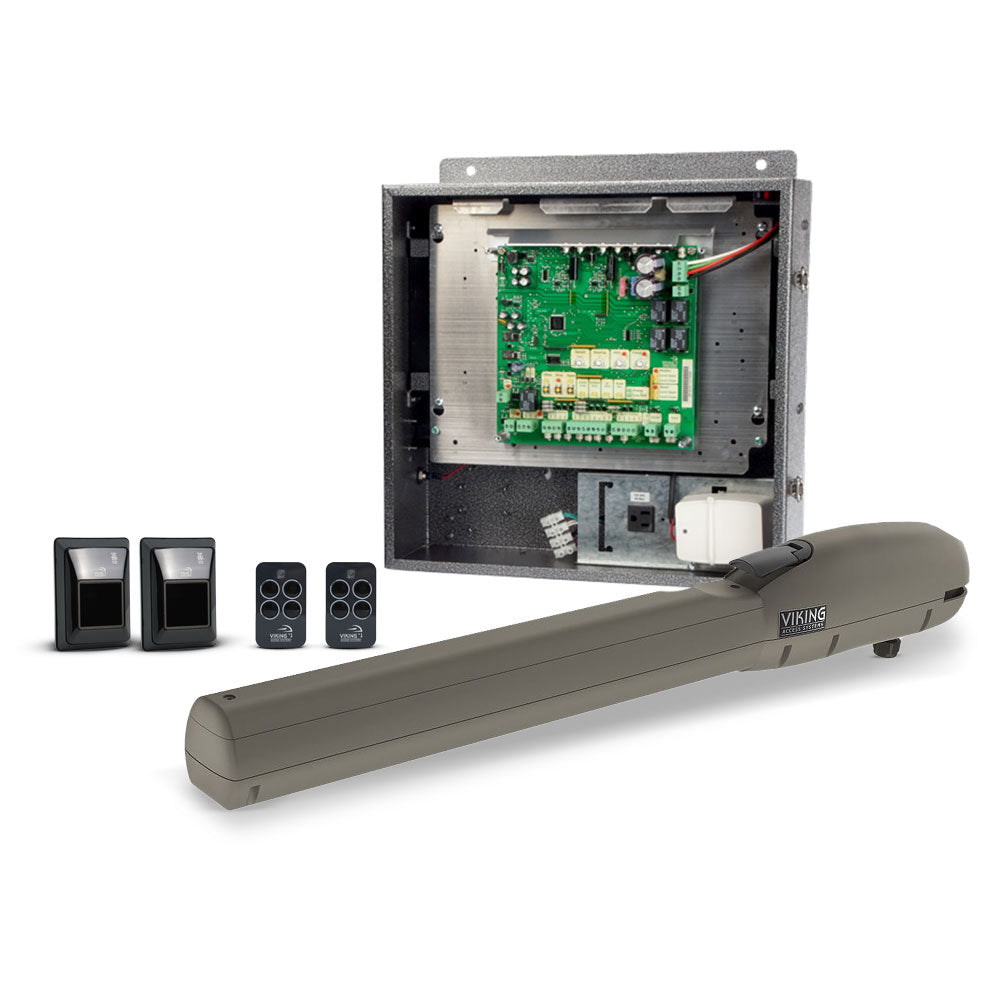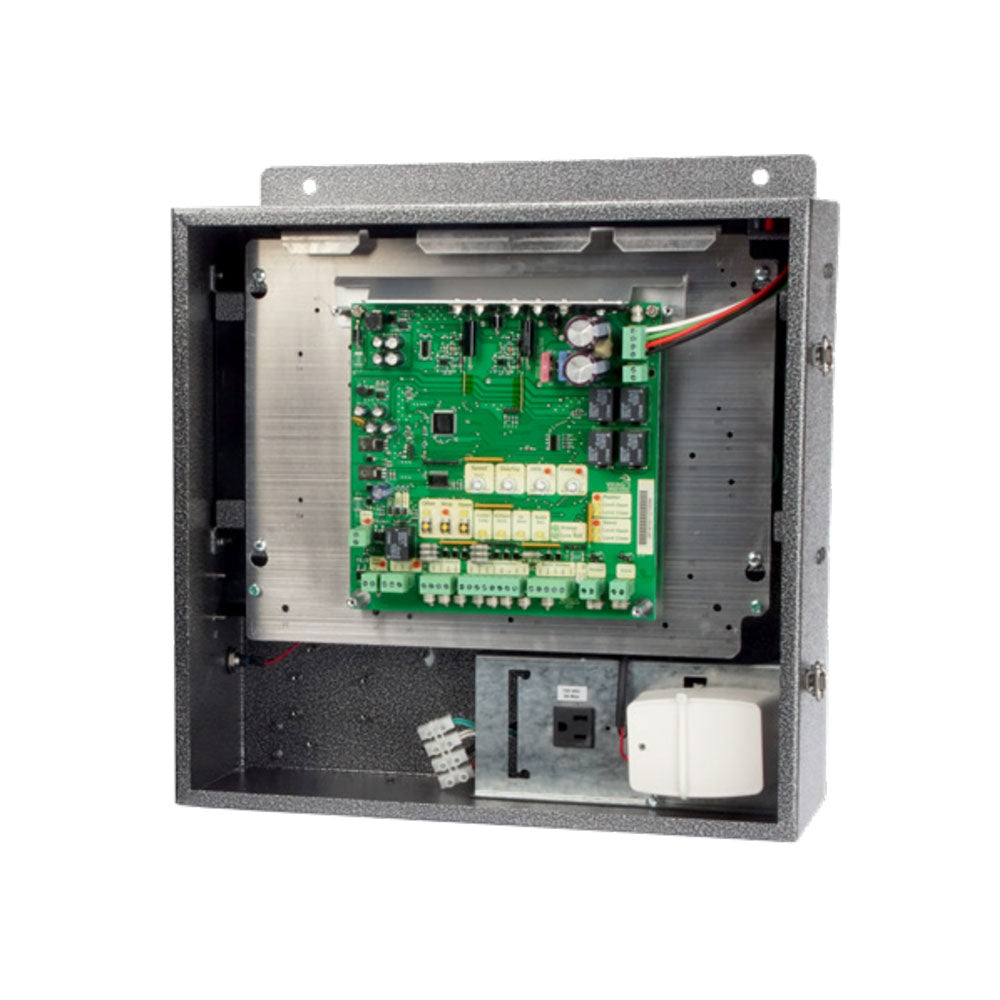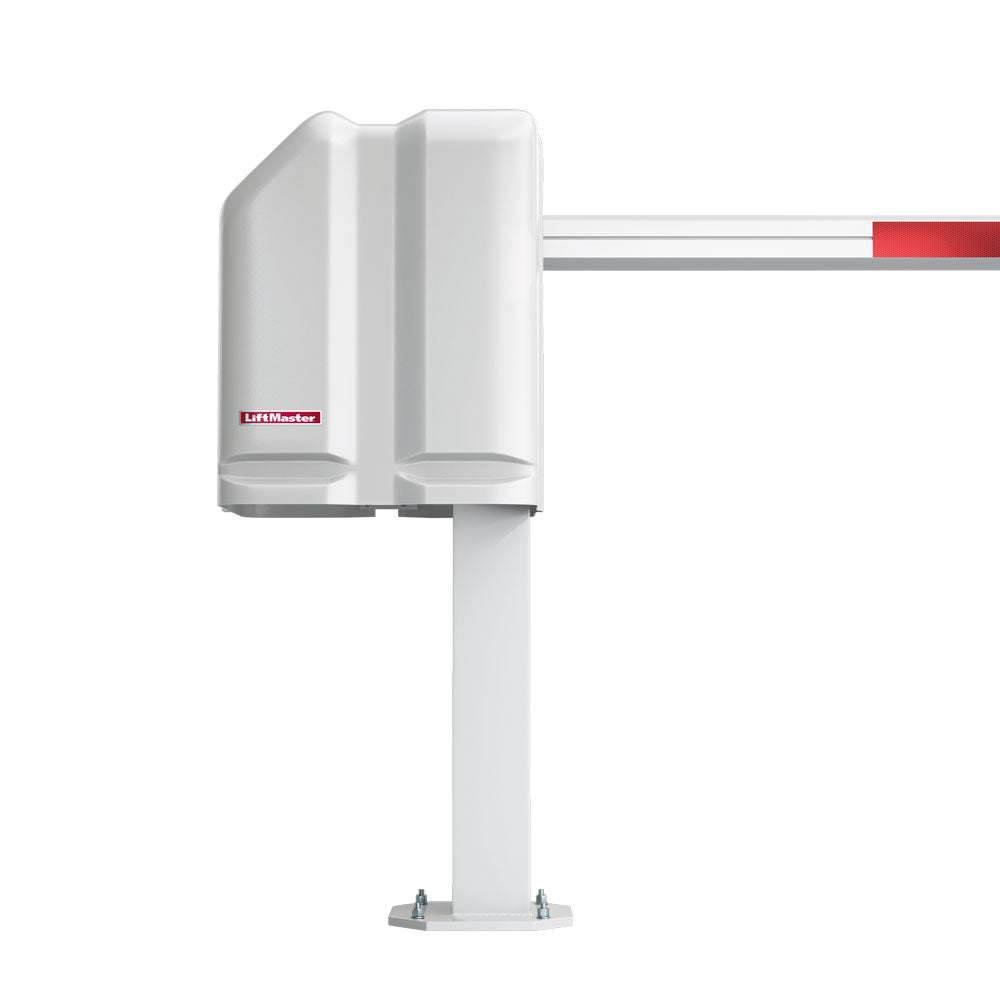When installing an access control system, one of the most common questions is: should I use fail-safe or fail-secure locks?
These terms describe how electronic locks behave when power is lost. Understanding the difference between fail-safe and fail secure is essential for choosing the right lock type for your doors—especially in commercial and high-security environments.
This guide explains how each works, when to use them, and what factors to consider when securing your facility.
Quick Comparison: Fail-Safe vs Fail-Secure
-
Fail-Safe Lock → Unlocks when power is removed. Prioritizes life safety by ensuring people can exit during emergencies.
-
Fail-Secure Lock → Stays locked when power is removed. Prioritizes security by keeping restricted areas secured.
Both options have advantages, and many buildings use a combination of the two.
What Is a Fail-Safe Lock?
A fail-safe lock requires continuous power to remain locked. When power is cut, the door unlocks automatically. This makes it safer for occupants in emergencies, such as fires or blackouts, because it allows egress without delay.
-
Default state: Locked when power is applied, unlocked when power is removed.
-
Typical example: Electromagnetic locks (maglocks).
-
Use cases: Exit doors, stairwells, healthcare facilities, and areas where evacuation is the top priority.
Important nuance: In many jurisdictions, building codes require that egress is always possible mechanically—regardless of lock type. For example, crash bars or exit devices must allow exit even if power fails. Maglocks often need to be paired with Request-to-Exit (REX) sensors or exit hardware to meet fire code requirements.
What Is a Fail-Secure Lock?
A fail-secure lock works in the opposite way. It stays locked when power is cut, keeping restricted areas secure even in a blackout. Access is restored once power is reapplied or a mechanical override is used.
-
Default state: Locked when power is removed.
-
Typical example: Electric strikes.
-
Use cases: Server rooms, storage areas, cash offices, and sensitive spaces where asset protection is critical.
Important nuance: While fail-secure locks keep the entry side secured, the egress side usually still allows free exit via a mechanical handle or crash bar. In practice, fail-secure devices protect against unauthorized entry, but they rarely trap occupants inside.
Choosing Fail-Safe or Fail-Secure
When comparing fail safe vs fail secure, the right choice depends on your priorities and building codes.
-
Fail-Safe = Life Safety Priority → Protects people by unlocking during power loss.
-
Fail-Secure = Security Priority → Protects assets by staying locked during power loss.
Note on safety: Building codes almost always prioritize life safety over security in occupied areas. That’s why fail-safe locks are common on exit routes, while fail-secure locks are used mainly for restricted rooms.
Fail-Safe vs Fail-Secure in Access Control Systems
In modern access control solutions, both lock types are integrated depending on the role of each door.
-
Fail-Safe Example: A hospital corridor door with a maglock that unlocks during a power failure.
-
Fail-Secure Example: A server room with an electric strike that keeps unauthorized users out during outages.
Most facilities combine both types and may use uninterruptible power supplies (UPS) to ensure lock functionality continues even in extended outages.
Explore Access Control systems and hardware to find the right locks for your building.
Practical Scenarios
-
Fail-Safe Lock Applications:
-
Emergency exits and stairwells
-
Healthcare corridors where evacuation speed is essential
-
Office lobbies with high public traffic
-
Fail-Secure Lock Applications:
-
IT server rooms with sensitive data
-
Retail stockrooms with valuable merchandise
-
Financial institutions and cash-handling rooms
Common Questions
Which is safer: fail-safe or fail-secure?
Neither is universally safer. Fail-safe locks prioritize life safety, while fail-secure locks prioritize asset protection. In occupied buildings, codes typically require life safety to come first.
Do all maglocks have to be fail-safe?
Nearly all electromagnetic locks are inherently fail-safe because they rely on constant power to remain magnetized. However, rare specialty designs exist that don’t follow this rule—so while “almost always fail-safe” is true, it’s not absolute.
Can you mix fail-safe and fail-secure in the same building?
Yes, and most facilities do. Exit routes usually require fail-safe, while high-security areas use fail-secure. This hybrid approach balances safety and security.
Making the Right Choice
The fail safe vs fail secure decision comes down to your building’s unique needs.
-
Fail-Safe = Unlocks without power (life safety priority).
-
Fail-Secure = Stays locked without power (security priority).
For compliance and safety, always consult your local building codes and fire regulations. In most cases, the ideal setup will involve a strategic mix of both.
By understanding the difference between fail-safe and fail secure, you’ll be better prepared to design an access control system that protects both people and property.

